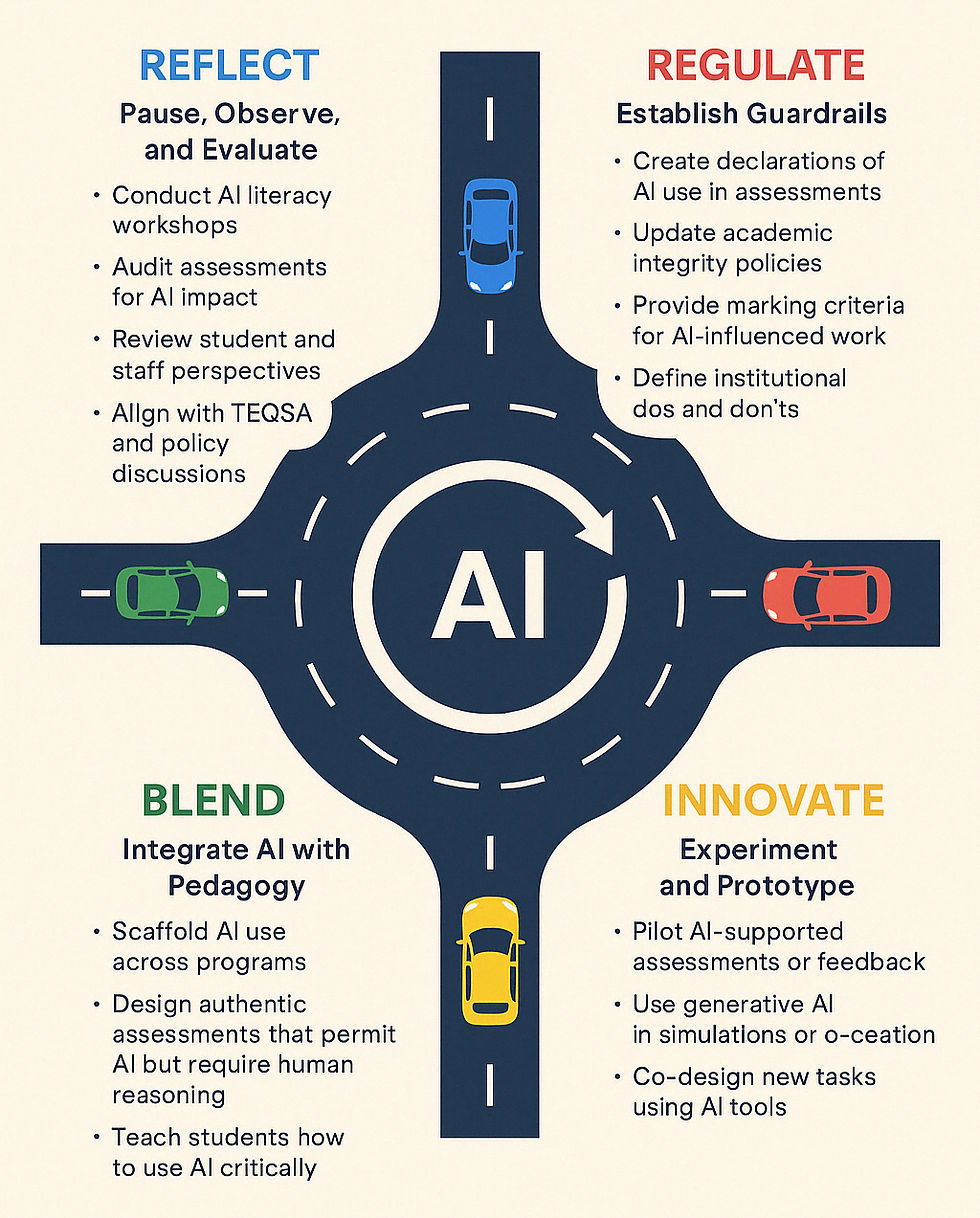Gamify the Flip: Reimagining Learning with Play and Purpose
- Morty Lab
- Apr 21
- 2 min read
In an era where attention spans are short and expectations are high, traditional teaching models are being flipped, literally... But what happens when we don’t just flip our classrooms but also play with them? Welcome to the powerful combo of Gamification and the Flipped Classroom—a dynamic duo that puts learners at the heart of the action.
What’s the Big Idea?

Flipped Learning shifts content delivery outside of class, through videos, readings, or interactivem modules. So, class time becomes a space for active, applied learning. Gamification, on the other hand, brings game mechanics into learning environments to increase motivation, engagement, and sometimes, just a little friendly competition.
Individually, both approaches have reshaped how we think about instruction. Together? They can create something that’s not only more engaging but also more learner-driven and outcome-aligned.
The Flip Meets the Game
Think of your flipped classroom as a game board:
Pre-class activities = exploration and discovery (tutorial level).
In-class time = challenges, quests, and team-based battles.
Post-class reflection = unlocking achievements and collecting XP (experience points).
By embedding game elements like points, badges, leaderboards, narrative storylines, or mission-based activities into flipped content and in-class activities, you can:
Motivate students to prepare for class (because it’s part of the game),
Foster collaboration and peer learning (through team quests),
Make progress visible (with leveling systems and goal-tracking),
And even build in mastery-based learning (think: retrying a level until they get it right).
A Quick Example
Instead of assigning a passive video before class, try this:
Students watch a short “training video” and complete a choose-your-own-adventure quiz using a tool like H5P.
Their results unlock their role or “class” in the upcoming in-class activity (e.g., Strategist, Researcher, Communicator).
In class, they form teams and take on a mission scenario (e.g., solving a real-world case study).
Points or badges are awarded for creativity, collaboration, or impact, with feedback tied directly to learning outcomes.
Why Could It Work
Engagement: Learners feel part of a story, a system, or even a guild. It’s more than just content — it’s an experience.
Autonomy: Learners make choices, take paths, and reflect on consequences, the core elements of deep learning.
Feedback: Games thrive on feedback loops. So does good pedagogy.
Flow: When learners are in the zone, learning feels effortless (and even fun!).
A Word of Caution
It’s not about turning every class into a video game. Gamification works best when it:
Aligns with clear learning objectives,
Encourages intrinsic motivation (not just collecting points for the sake of it),
Supports inclusive design (so no one gets left behind in the leaderboard race).
And remember, not all learners are “gamers”—so flexibility, choice, and meaning matter just as much as mechanics.
Final Thought
Blending gamification with flipped learning is about rethinking the classroom as an ecosystem of engagement. It’s about empowering learners to do the learning, not just receive it. Whether it’s a treasure hunt for evidence-based sources, a boss battle during peer reviews, or a quest to design a solution to a real-world challenge, this hybrid model gives learners a reason to show up, level up, and learn up.






Comments